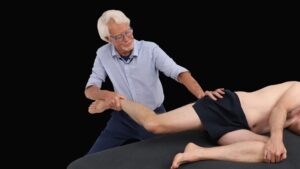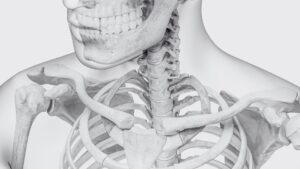
Adductors, Pudendal Nerve and Pelvic Floor Pain
Pelvic floor muscles such as levator ani, coccygeus and obturator internus attach to the front, back and sides of the pelvis and sacrum and form the bottom of the core. These muscles must be able to contract to maintain continence, and to relax allowing for urination and bowel movements, and in women, sexual intercourse.















